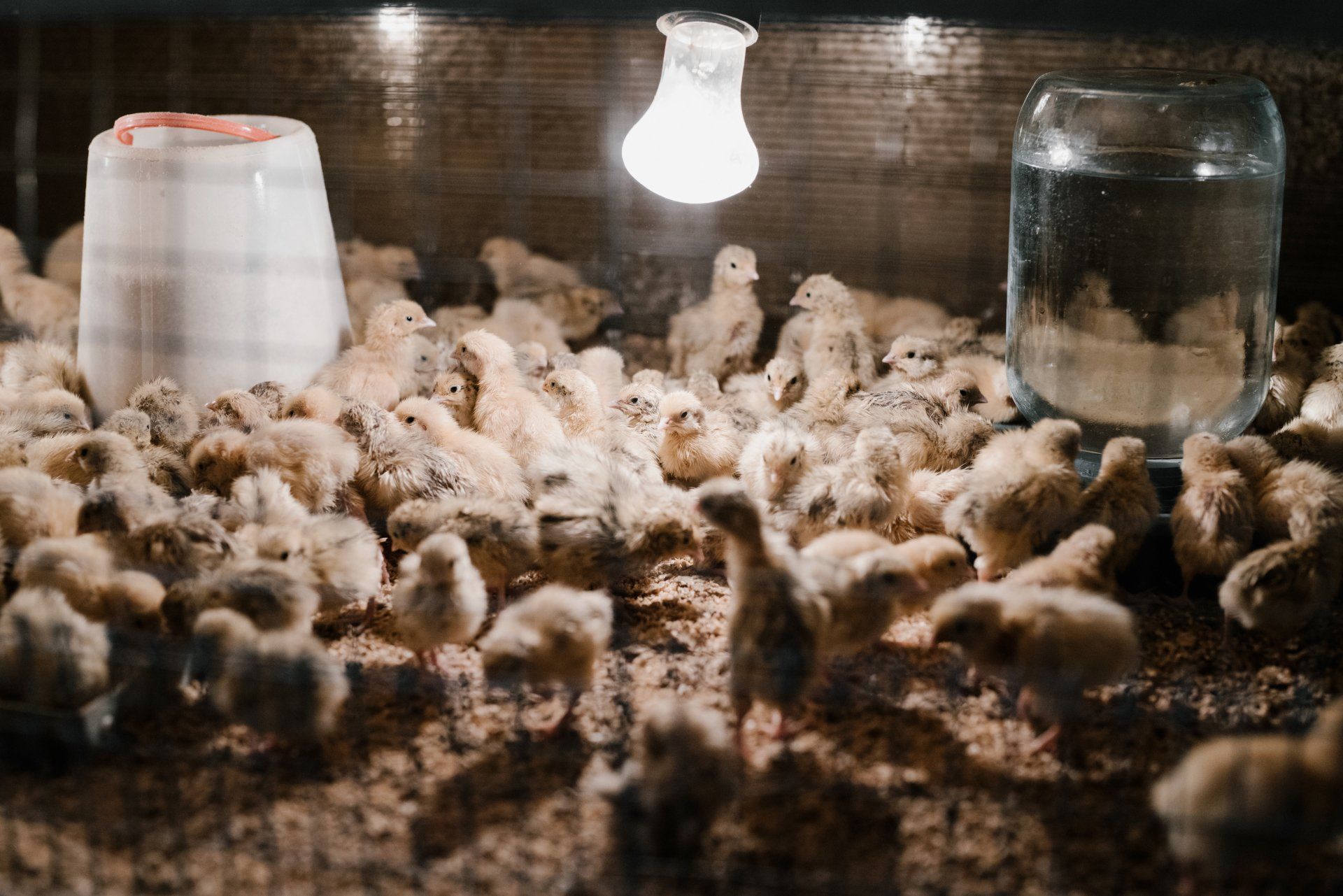The Beacon Blog: Consider It Briefed
Is a Lack of Data the Reason for Alaska’s Lack of Environmental Justice Legislation?
By Kari Millstein, Staff Editor for the Vermont Journal of Environmental Law
May 3, 2024
![]()
Alaska does not have any environmental justice laws or policies, despite the growing threat of climate change and the detrimental effects of big extraction and industrial projects on small, rural communities. To convince policymakers that these types of laws and policies are necessary, advocates need access to data about the most affected communities in the state. There are tools built to indicate the need for environmental justice action. Still, they are not very reliable when it comes to Alaska, because accurate data about small, widespread, rural communities is hard and expensive to collect. Collecting independent, accurate data to improve mapping tools like the Climate Vulnerability Index (CVI) is a necessary step toward more effective advocacy for Alaska’s most environmentally vulnerable communities.
The EPA now recognizes the right of all communities to environmental justice, or “the same degree of protection from environmental and health hazards.” Environmental justice is not a new concept, but it is a growing concern due to the urgency of climate change. Many states are now adopting their own laws and policies regarding environmental justice. Though Alaska has many small, remote, largely indigenous communities that are vulnerable to climate change and exploitation by resource extraction companies and other industrial projects, it does not have any such laws.
The CVI is a new mapping tool that compiles data from over 180 indicators to illustrate the vulnerability of specific areas across the United States to climate change and other environmental harm. This tool provides actionable data that advocates and legislators can use to create new policies to address environmental justice and climate change in vulnerable communities. Much of the CVI’s information comes from census data. This makes sense because the federal government already uses census data to determine how much federal funding flows into the state, in addition to congressional seats, voter redistricting, and more. The CVI further analyzes this information so that federal and state agencies can make more informed decisions about protecting the most vulnerable communities.
Unfortunately, not all census data collected is accurate. The U.S. Census Bureau annually conducts surveys with small sample sizes in areas with low population density, which causes a high margin of error for individual communities in the area. Additionally, Alaska is particularly difficult to count accurately because of the extreme isolation of many communities. Many factors compound this difficulty. Alaska has an abundance of seasonal workers and military. This means that population counts may vary dramatically depending on the time of year they take place. Also, much of rural Alaska is still without reliable cell service and/or internet connection, traditional mailing addresses, and year-round accessibility. Fiercely independent rural communities, and especially Alaska Native communities often do not trust the government’s motives for collecting their data. Though these sentiments are not completely without merit, especially given the history of colonization and disenfranchisement of Indigenous populations, they do contribute to less accurate census data. For these reasons and many others, it is difficult for the CVI to accurately represent the depth of vulnerability of many communities.
To show state policymakers that environmental justice policies are necessary, advocates need access to reliable, independently collected data. Mapping tools provide agencies, advocates, and legislators with an approachable method for combining environmental and demographic factors from publicly available datasets. This allows for quick analysis of multiple factors that impact communities. “Better understanding of the intersections between growing climate risks and pre-existing, long-term health, social, environmental, and economic conditions is critical to effectively building climate resilience for everyone and deploying targeted adaptation efforts.” This issue is of increasing importance, as Alaska experiences increasing impacts of climate change on its largely rural population.
This proposal will have many legitimate critiques. For one thing, Alaska’s lack of legislative red tape for large corporations results in some very lucrative deals for the state. Implementing new environmental justice requirements that must be met before projects are approved would add complications to this process, and inevitably invite pushback both from the state and from interested corporations.
Another major criticism of this proposal is that plenty of rural Alaskan communities do not want the government or outside organizations to have their information, regardless of whether it would result in more public funding. Any data collection must be done openly and with the support of the community, if at all. Researchers must remember that the point of collecting this data is to have statistical support to push for a statewide environmental justice policy. Increased data collection and accuracy of information for vulnerable communities around the state is not a solution in and of itself. It is a means to achieving a strong, protective, statewide policy. It does not take the place of advocacy for Indigenous sovereignty or more environmentally protective approaches to private land use and regulation.
Improving the accuracy of data for tools like the CVI would allow them to reasonably be implemented in Alaska. Then advocates and legislators can use the CVI to support the argument for laws and policy addressing environmental justice in the state. Climate change makes the need for these policies not only a matter of justice but also one of urgency.






